
Liquid Waste Disposal
Liquid waste disposal has also been of public concern in the absence of adequate drainage system in towns and cities in Ghana. Table 12.15 shows that throwing liquid waste onto the street/outside was the most common means of waste disposal and accounted for 64.8 percent. Also, 23.0 percent of households threw liquid waste onto the compound.
Although methods of liquid waste disposal varied among districts, throwing liquid waste onto the street/outside was the most common method. This was true for Lawra (72.0%), Nadowli (70.2%), Jirapa (69.9%), Wa West (67.3%) and Sissala East (66.4%).
Urban–Rural Locality
Disposal of liquid waste onto the street or outside is still the most common method in urban areas, and this accounts for 57.7% of households. This method of disposal is also the commonest in rural areas and accounts for 66.6% of all liquid waste disposal methods.
Solid Waste Disposal
There has been a growing concern all over the country about the indiscriminate disposal of solid waste into places such as open drains and rivers. Table 12.16 shows that almost two out of every five households (37.0%) in the region disposed of solid waste in a public dump or open space. Others also threw their solid waste away indiscriminately (36.0%). Households that disposed of their solid waste into public containers constituted 12.7 percent while 5.9 percent and 3.2 percent respectively buried and burned their solid waste.
Disposal of solid waste across the districts followed a similar pattern. Almost all districts either disposed their solid waste in an open space or dumped it indiscriminately although there were variations in terms of magnitude. For instance, indiscriminate dumping of solid waste was most common for households in Lambussie Karni (54.7%), Wa West (45.8%) and Jirapa (44.8%).
The district with the smallest proportion of households dumping their solid waste indiscriminately was Wa Municipality (17.6%). The proportion of households that dumped their solid waste in the open was highest in Sissala East (63.0%), Wa East (49.3%) and Sissala West (46.6%). Wa Municipal reported the lowest proportion of households who dump solid waste in the open (23.6%).
Urban–Rural Locality
Overall, disposal of solid waste in urban areas was largely done either public dump or container (44%) or into an open space (25.4.0%) with indiscriminate disposal just 16.8 percent. Lambussie Karni (53.5%) and Sissala East (49.5%) recorded the highest percentage of those who threw solid waste into an open space. For rural areas about 40 percent disposed of their solid waste either in an open space or indiscriminately. Interestingly, garbage collection as a method of solid waste disposal was higher in rural areas (4.9%) than the regional average (4.6%) and in urban areas (3.7%).
Main Source of Drinking Water
Source of drinking water is one of the indicators used to assess the standard of living of people. Table 12.17 provides information on various sources of drinking water for households. These can be categorised broadly into pipe-borne water, boreholes/wells, rain water and river/stream. Of these sources of drinking water, the use of borehole/pump/tube well was the most common, accounting for almost two-thirds (64.2%) households in the region.
A small percentage (11.4%) of households also reported pipe-borne outside dwelling as source of drinking water.
In Wa municipality, pipe-borne water both inside and outside dwellings (39.8%) was the main source of drinking water. Borehole/pump/tube well was common in Wa West (79.3%), Jirapa (75.1%) and Nadowli (74.6%).
Urban – Rural Locality
For urban and rural localities, borehole/pump/well was the main source of drinking water. The urban average was 28.6 percent, with a high of 50.1 percent in Jirapa, while the rural average was 73.4 percent, with Sissala East highest at 87.6 percent.
regional level. Pipe-borne water outside is used by 11.0 percent of all households with 26.5 percent of households in Wa using this source.
Date Created : 11/28/2017 8:14:24 AM



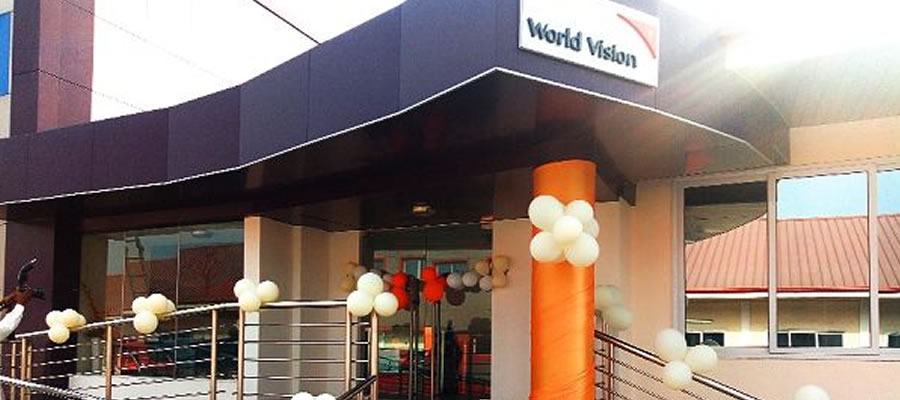

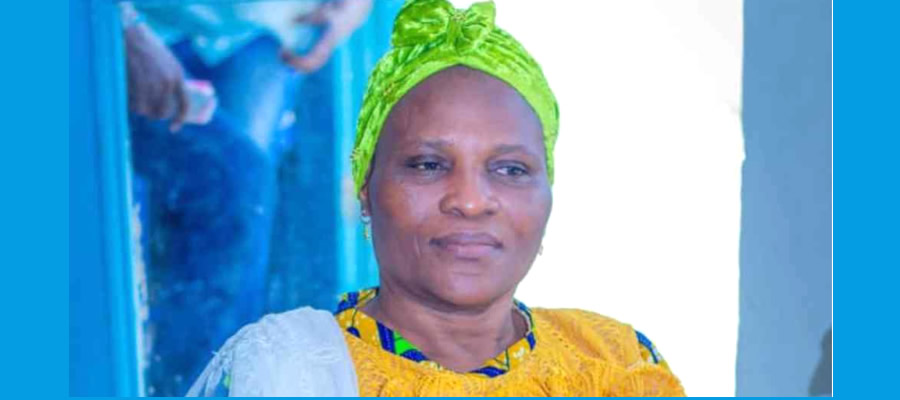
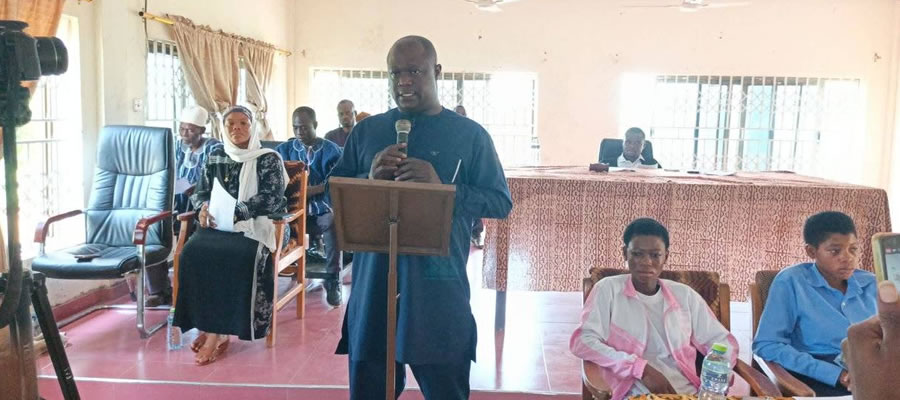

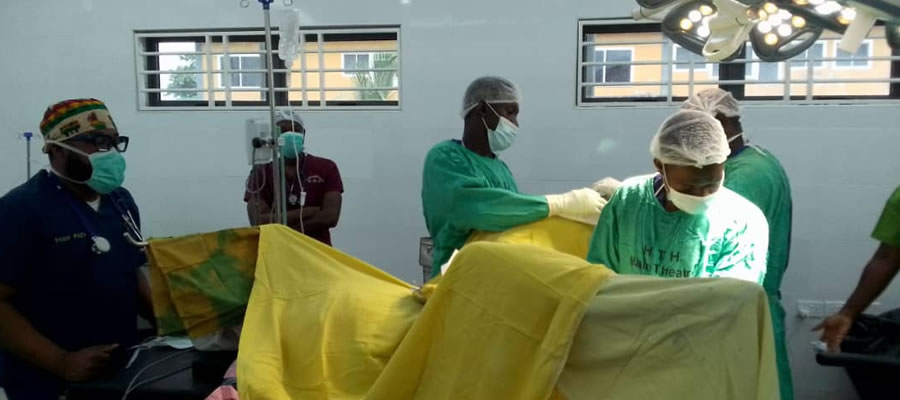
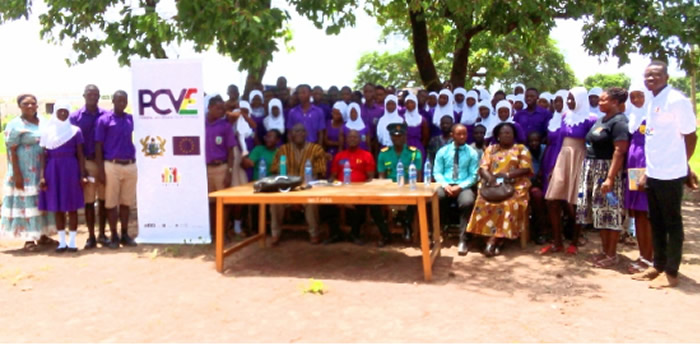


 facebook
facebook
 twitter
twitter
 Youtube
Youtube
 +233 593 831 280
+233 593 831 280 0800 430 430
0800 430 430 GPS: GE-231-4383
GPS: GE-231-4383 info@ghanadistricts.com
info@ghanadistricts.com Box GP1044, Accra, Ghana
Box GP1044, Accra, Ghana